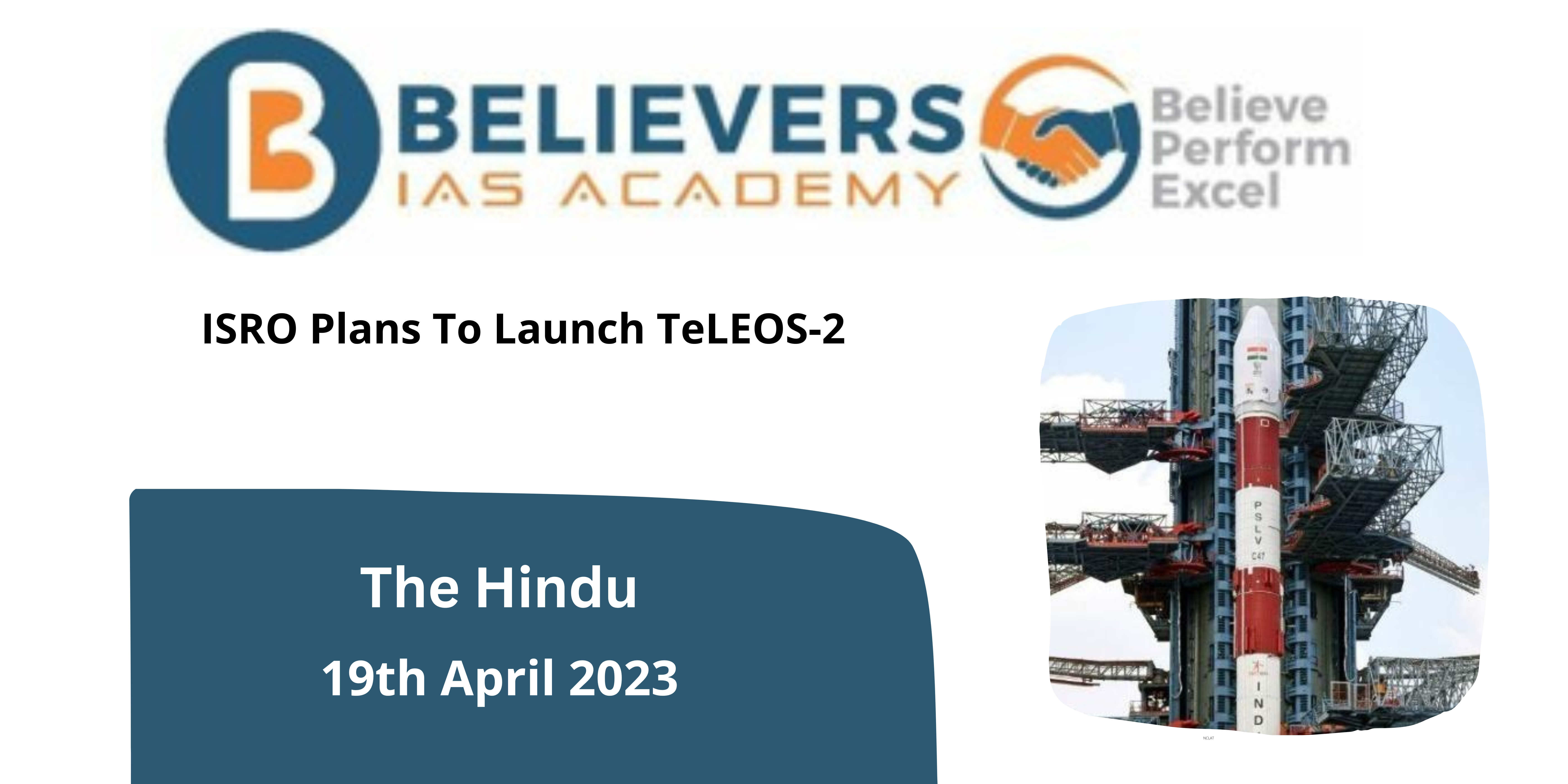Chandrayaan-3 is to be launched in mid-July
Context:
S.Somnath, the head of the Indian Space Research Organisation (ISRO), announced on Thursday that the organisation intended to launch the Chandrayaan-3 moon mission in the middle of July.
Points to ponder:
- A follow-up mission to Chandrayaan-2, Chandrayaan-3 is intended to show that it is possible to safely land and rove on the lunar surface.
- A Lander module (LM), Propulsion module (PM), and Rover make up the mission. It will be launched from SDSC SHAR, Sriharikota, by the GSLV-Mk3 (Geosynchronous Satellite Launch Vehicle Mark 3).
- While the PM delivers the LM to an orbit around the moon that is 100 km in diameter and then separates from it, the LM and Rover have scientific payloads that will conduct experiments there.
- The mission objectives of Chandrayaan-3 are as follows:
- To demonstrate a safe and soft landing on the lunar surface.
- To demonstrate the roving capabilities of the Rover on the Moon.
- To conduct in-situ scientific experiments on the lunar surface.
- The Lander payloads include:
- Chandra’s Surface Thermophysical Experiment (ChaSTE): Measures thermal conductivity and temperature on the lunar surface.
- Instrument for Lunar Seismic Activity (ILSA): Measures seismicity around the landing site.
- Langmuir Probe (LP): Estimates plasma density and its variations.
- Laser Retroreflector Array: Accommodated from NASA for lunar laser ranging studies.
- The Rover payloads include:
- Alpha Particle X-ray Spectrometer (APXS): Derives the elemental composition in the vicinity of the landing site.
- Laser-Induced Breakdown Spectroscope (LIBS): Analyzes the chemical composition of the lunar surface.
- From the launch vehicle injection through the final lunar orbit, the PM transports the LM. The Spectro-polarimetry of Habitable Planet Earth (SHAPE) payload, which investigates the spectral and polarimetric measurements of Earth from the lunar orbit, is also a part of it.
- The LM incorporates advanced technologies for safe landing, including:
- Altimeters: Laser and RF-based altimeters for measuring altitude.
- Velocimeters: Laser Doppler Velocimeter and Lander Horizontal Velocity Camera for measuring velocity.
- Inertial Measurement: Laser Gyro-based Inertial referencing and Accelerometer package for precise measurement.
- Propulsion System: Throttleable liquid engines (800N), attitude thrusters (58N), and Engine Control Electronics.
- Navigation, Guidance & Control (NGC): Powered Descent Trajectory design and associated software elements.
- Hazard Detection and Avoidance: Lander Hazard Detection & Avoidance Camera and Processing Algorithm.
- Numerous experiments on the Lander, including the Integrated Cold Test, Integrated Hot Test, and Lander Leg Mechanism Performance Test on a Lunar Simulant Test Bed, have been designed and executed to demonstrate the advanced technology.





